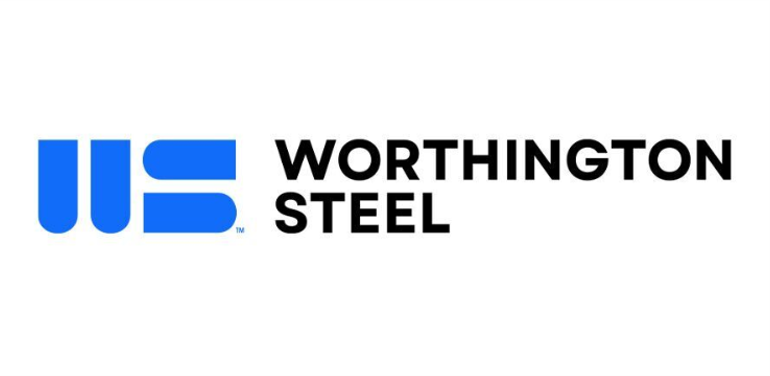Service Centers
US Manufacturing Slows for Fifth Straight Month: ISM
Written by Laura Miller
April 4, 2023
Manufacturing activity in the US continued to slow during the month of March, as did general economic activity, according to the latest Manufacturing Report on Business from the Institute for Supply Management (ISM).
![]() The ISM’s monthly PMI index declined for a fifth consecutive month, registering 46.3% in March. This was 1.4 points lower than the month prior and the lowest level recorded since May 2020. A reading above 50% suggests general expansion in the manufacturing sector, while a reading below 50% indicates general contraction.
The ISM’s monthly PMI index declined for a fifth consecutive month, registering 46.3% in March. This was 1.4 points lower than the month prior and the lowest level recorded since May 2020. A reading above 50% suggests general expansion in the manufacturing sector, while a reading below 50% indicates general contraction.
With the ISM survey’s “panelists reporting softening new order rates over the previous 10 months, the March composite index reading reflects companies continuing to slow outputs to better match demand for the first half of 2023 and prepare for growth in the late summer/early fall period,” commented Timothy Fiore, chair of the ISM’s Manufacturing Business Survey Committee.
“New order rates remain sluggish as panelists become more concerned about when manufacturing growth will resume,” Fiore added. “Supply chains are now ready for growth, as panelists’ comments support reduced lead times for their more important purchases. Price instability remains, but future demand is uncertain as companies continue to work down overdue deliveries and backlogs.”
March’s 46.3% index reading indicates contraction in the overall economy for a fourth month after a 30-month period of expansion, as a manufacturing PMI above 48.7% over a period of time indicates growth, according to ISM.
All component indices tracked by ISM showed contraction during March: overall manufacturing, new orders, production, employment, supplier deliveries, inventories, customers’ inventories, prices, backlog of orders, new export orders, and imports.
“Lead times are still improving, but prices continue to face inflationary pressures,” commented one panelist from the machinery sector. “Prices of steel and steel products are going up some. Hydraulic components are still facing extended lead times. We are increasing inventory levels of imports due to global uncertainty from the ongoing war in Ukraine and threats from China.”
A panelist in the primary metals market commented that: “Overall, business continues to remain strong. We are still experiencing supply chain issues on several indirect supplies.”
By Laura Miller, laura@steelmarketupdate.com

Laura Miller
Read more from Laura MillerLatest in Service Centers

Worthington Steel fiscal Q4 profit rises despite sales drop
Worthington Steel earnings rose while sales fell in its fiscal fourth quarter.

Friedman’s profits tick higher on record quarterly sales volumes
Friedman Industries' earnings increased in its fiscal fourth quarter ended March 31.

Worthington expands European presence with closing of Sitem deal
The Ohio-based steel processor is now the majority owner of Italy's Sitem Group, which has six manufacturing sites across Italy, Switzerland, Slovakia, and France.

Klöckner narrows Q1 loss, targets growth in North America and Europe
Germany’s Klöckner & Co. reported a narrower loss in the first quarter as the company targets becoming the “leading” service center and metal processing firm in North America and Europe by 2030.

Russel mulls buying US service centers despite Q1 profit dip
Russel Metals’ earnings slipped in the first quarter, but the company is still eyeing service center acquisitions in the US.
